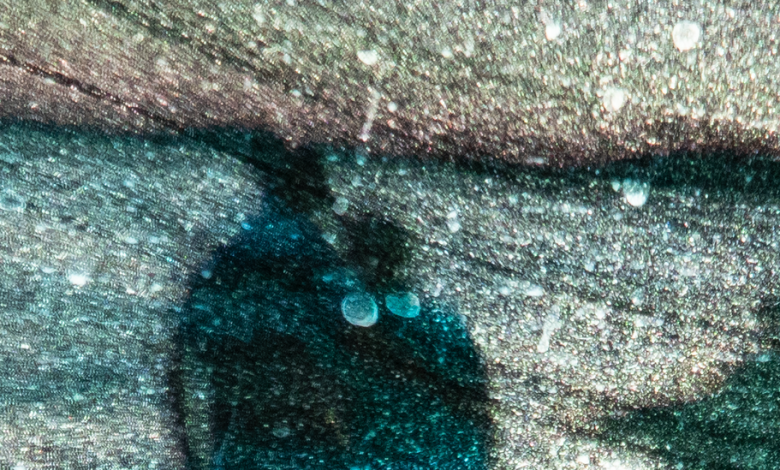What Deathbed Visions Teach Us About Living

Chris Kerr was 12 when he first observed a deathbed vision. His memory of that summer in 1974 is blurred, but not the sense of mystery he felt at the bedside of his dying father. Throughout Kerr’s childhood in Toronto, his father, a surgeon, was too busy to spend much time with his son, except for an annual fishing trip they took, just the two of them, to the Canadian wilderness. Gaunt and weakened by cancer at 42, his father reached for the buttons on Kerr’s shirt, fiddled with them and said something about getting ready to catch the plane to their cabin in the woods. “I knew intuitively, I knew wherever he was, must be a good place because we were going fishing,” Kerr told me.
Listen to this article, read by Samantha Desz
Open this article in the New York Times Audio app on iOS.
As he moved to touch his father, Kerr felt a hand on his shoulder. A priest had followed him into the hospital room and was now leading him away, telling him his father was delusional. Kerr’s father died early the next morning.Kerr now calls what he witnessed an end-of-life vision. His father wasn’t delusional, he believes. His mind was taking him to a time and place where he and his son could be together, in the wilds of northern Canada. And the priest, he feels, made a mistake, one that many other caregivers make, of dismissing the moment as a break with reality, as something from which the boy required protection.
It would be more than 40 years before Kerr felt compelled to speak about that evening in the hospital room. He had followed his father, and three generations before him, into medicine and was working at Hospice & Palliative Care Buffalo, where he was the chief medical officer and conducted research on end-of-life visions. It wasn’t until he gave a TEDx Talk in 2015 that he shared the story of his father’s death. Pacing the stage in the sport coat he always wears, he told the audience: “My point here is, I didn’t choose this topic of dying. I feel it has chosen or followed me.” He went on: “When I was present at the bedside of the dying, I was confronted by what I had seen and tried so hard to forget from my childhood. I saw dying patients reaching and calling out to mothers, and to fathers, and to children, many of whom hadn’t been seen for many years. But what was remarkable was so many of them looked at peace.”
The talk received millions of views and thousands of comments, many from nurses grateful that someone in the medical field validated what they have long understood. Others, too, posted personal stories of having witnessed loved ones’ visions in their final days. For them, Kerr’s message was a kind of confirmation of something they instinctively knew — that deathbed visions are real, can provide comfort, even heal past trauma. That they can, in some cases, feel transcendent. That our minds are capable of conjuring images that help us, at the end, make sense of our lives.
Nothing in Kerr’s medical training prepared him for his first shift at Hospice Buffalo one Saturday morning in the spring of 1999. He had earned a degree from the Medical College of Ohio while working on a Ph.D. in neurobiology. After a residency in internal medicine, Kerr started a fellowship in cardiology in Buffalo. To earn extra money to support his wife and two young daughters, he took a part-time job with Hospice Buffalo. Until then, Kerr had worked in the conventional medical system, focused on patients who were often tethered to machines or heavily medicated. If they recounted visions, he had no time to listen. But in the quiet of Hospice, Kerr found himself in the presence of something he hadn’t seen since his father’s death: patients who spoke of people and places visible only to them. “So just like with my father, there’s just this feeling of reverence, of something that wasn’t understood but certainly felt,” he says.
